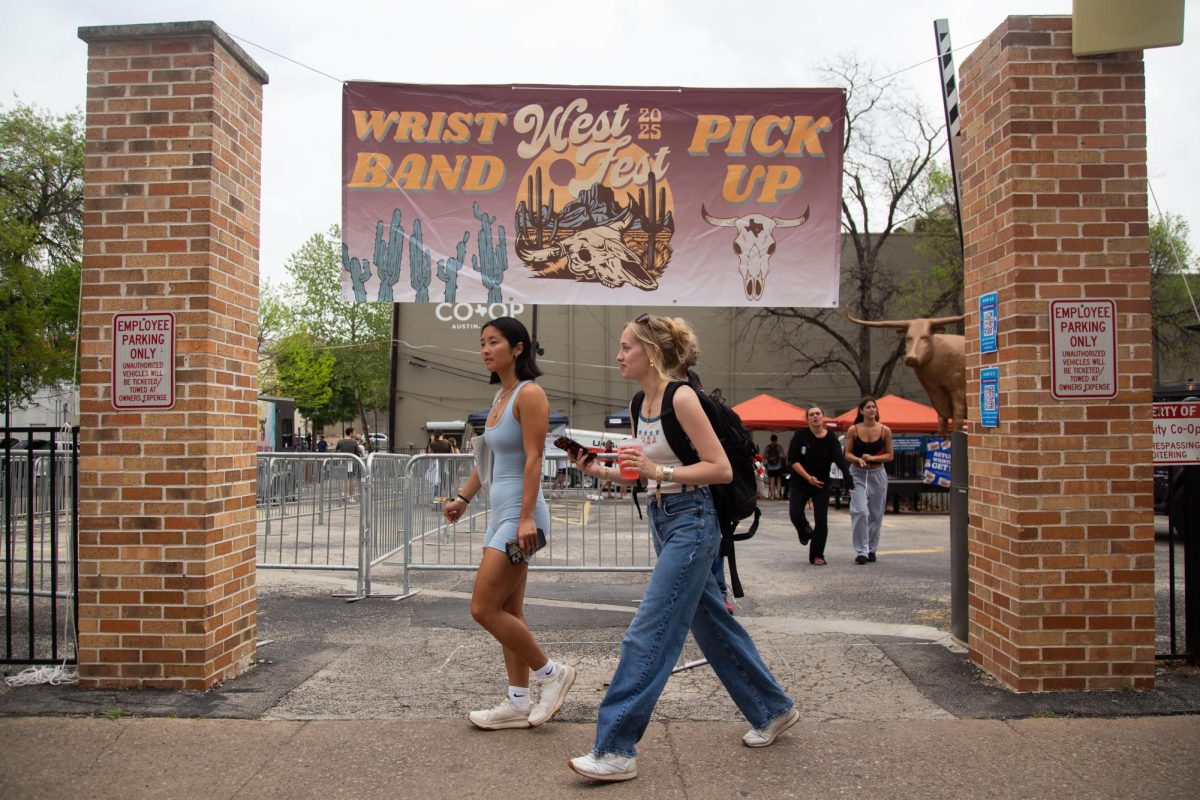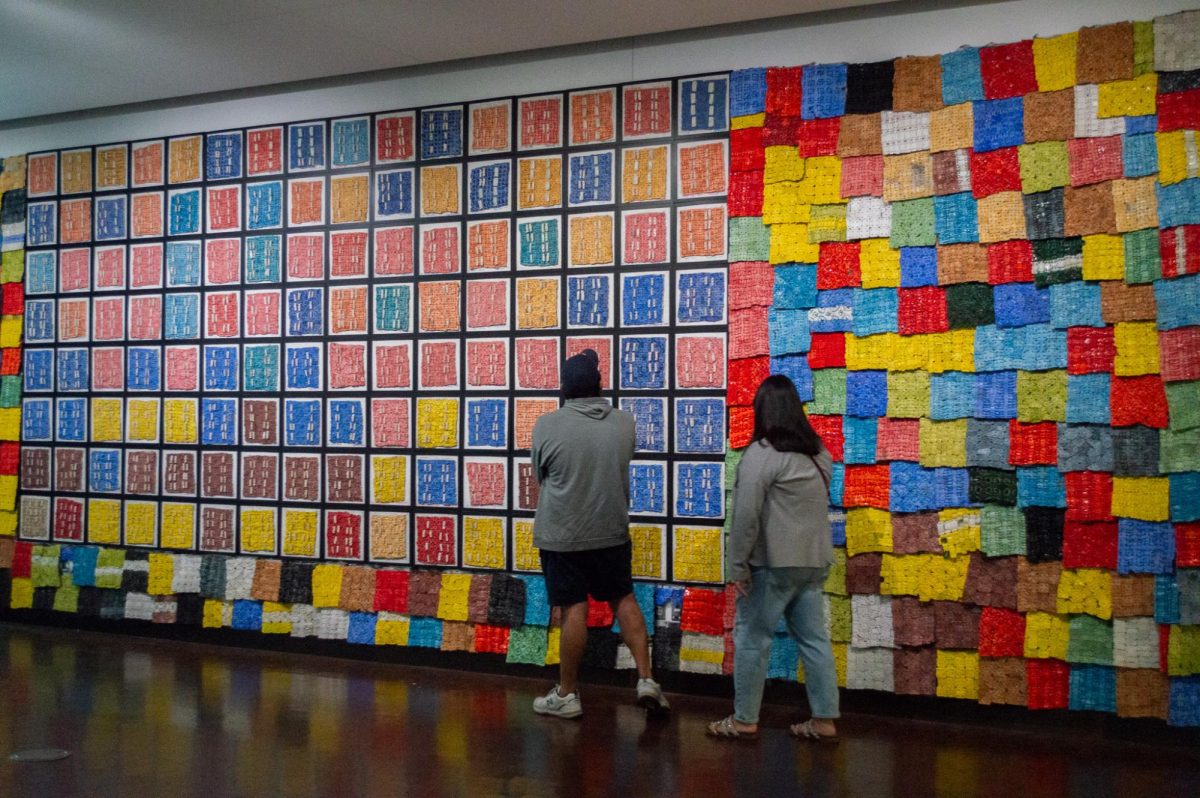Towering above neighboring buildings on the south side of UT’s campus, many students joke that the dull, dreary-looking Jester Center looks like a prison.
Some even believe that a few of the dormitory’s inner features parallel those of a penitentiary.
“I went into the showers and I had to bend to reach the showerheads, and someone told me the architect had designed it so that prisoners couldn’t hang themselves,” said nutrition freshman Jerrica Garza, a resident of Jester East. “Makes sense I guess.”
Arguably, the most widely-believed urban legend about UT’s campus is that Jester was designed by architects specializing in prisons. I was really hoping this would be true, but it’s actually just cringeworthy folklore.
Still, with its slick red tiling underfoot, Jester looks just enough like a jail for the student body to buy the story without bothering to Google it. Tiny windows edged in concrete dot the tired brick walls, locking in Jester’s unflattering fluorescent glow.
Jester’s drab architecture may look imprisoning, but according to the Campus Guide to the University of Texas at Austin, the Beauford H. Jester Center was designed to “foster a sense of community among the university’s newest students” by providing “numerous opportunities to interrelate living experience and the learning experience.” The idea was that if everything you need is inside, it will eventually become home.
With a cafeteria, a market, classrooms, commercial eating venues, the Sanger Learning Center, Jester Mail and Service Center and even a small art gallery, Jester was designed so its residents could easily spend a full day without leaving. As a result, Jester holds opportunities for people to meet and friends to run into one another.
“I was sitting in the study lounge one day and these three girls just sat next to me and started talking, and now we hang out,” said Garza. “When you see someone all the time in the hallways, the market or the dining hall, you start to pick up on their name and build a relationship with them.”
Jonathan Huang, an architecture and architectural engineering junior and former Jester resident, said that Jester’s programs — the activities for which a building is designed — are similar to those of a prison.
“The program required for a prison compared to the program required for a dorm is pretty similar,” said Huang. “You need to shove as many people as possible into a building and provide public showers and the same basic necessities you need in prison.”
Huang is doubtful new students have the time to use the wide range of resources in Jester to create a lasting community.
“The majority of people who had lived in Jester didn’t have a class in Jester, so we never experienced that,” said Huang.
However, Jester’s communities have also developed in unplanned ways. Janice Kim, an architecture junior and former Jester freshman, said people would gather to study and chat at benches lining Jester’s hallways.
“Right outside of the RA’s room and the laundry room, there were benches and a group of people would always be out there studying,” said Kim. “For the people who tried to utilize (the building), it did create community.”
Architecture freshman Andre Rezaie, a Jester West resident, said Jester’s laundry rooms became places of spontaneous dialogue.
“In the laundry room we’re all waiting on the same thing and can spark up a conversation,” Rezaie said. “I guess that wasn’t the intent, but that’s what
I’ve found.”
Though shabby aesthetically and far from accomplishing its utopian goals, Jester still allows its residents to find community. While some students meet while going from class to lunch as imagined by the architects, others meet in unexpected ways — whether by sharing a favorite study bench or loitering spot. Architecture can nurture communities into form, but it can’t stop them from forming.














